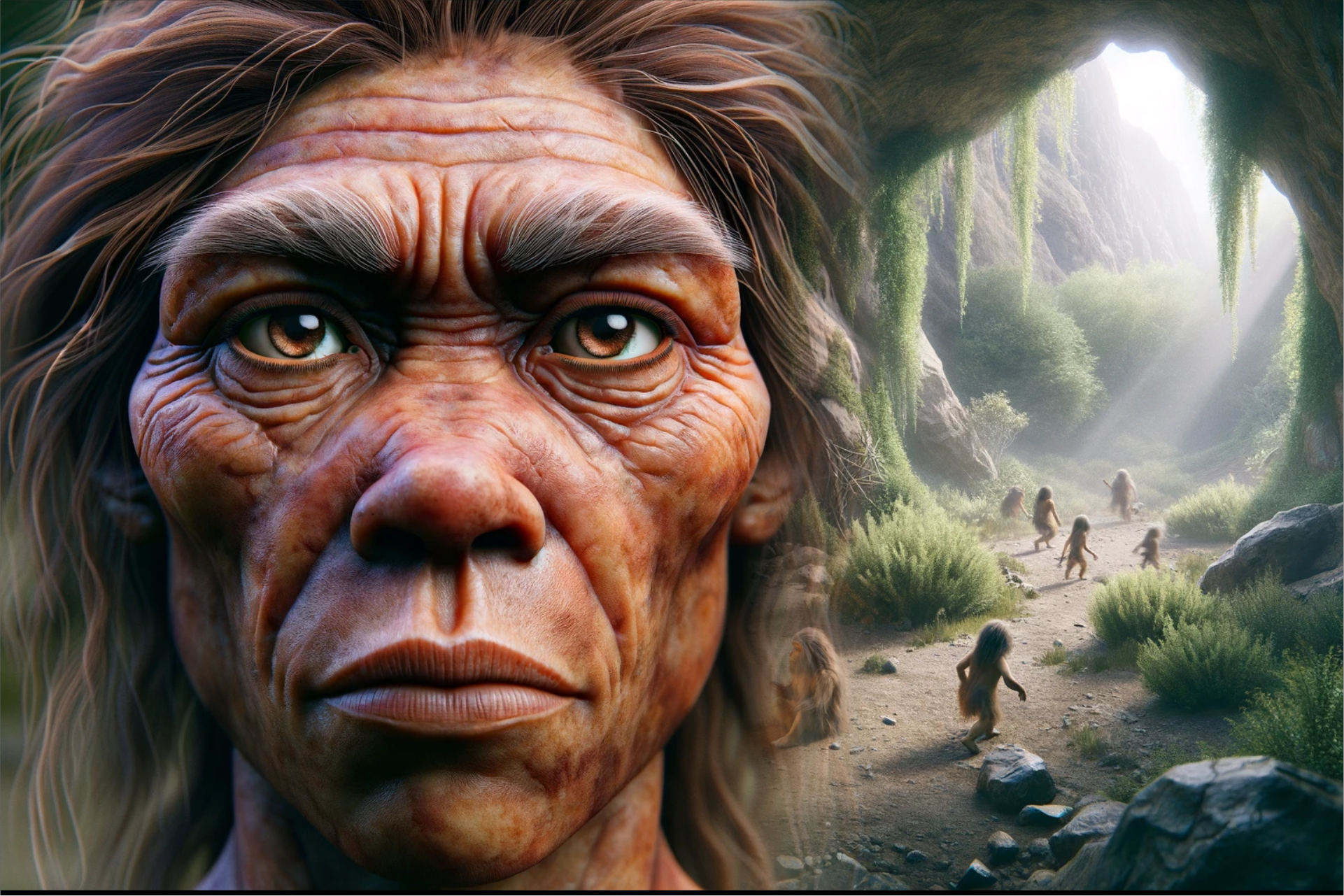The discovery of the remains of Neanderthals in the Chagirskaya Cave, Russia, has made it possible to reveal new aspects of their lives, previously unknown about health and diseases that affected our prehistoric ancestors.
Dating back 50,000 years, these remains revealed genetic material for three viruses that are still prevalent today: adenovirus, herpesvirus, and papillomavirus.
These findings, conducted by the team of Dr. Marcelo Briones from the Federal University of São Paulo and published in the journal bioRxiv, represent the oldest human viruses ever identified, surpassing a 31,000-year-old virus found in the teeth of Homo sapiens in Siberia.
In 2022, researchers discovered Neanderthal skeletons in Chagirskaya Cave in Russia, containing genetic material from viruses that still affect humans today. Adenoviruses, herpesviruses, and papillomaviruses have been identified in these remains, representing the first evidence of human viruses. These finds are particularly noteworthy because they provide a unique window into Neanderthal health and the diseases they encountered.
Viruses found in Neanderthal remains are familiar to us. Adenovirus can cause cold symptoms and gastroenteritis, herpes virus is associated with conditions such as mononucleosis and multiple sclerosis, and papillomavirus is known to cause genital warts and cervical cancer.
The presence of these viruses suggests that Neanderthals faced similar health challenges to modern humans, increasing our understanding of the complexity of their lives and the possible reasons for their extinction.
Paleontology
Paleogenetics, the study of ancient DNA, has been key to unraveling mysteries about our ancestors. However, concern about pollution is valid.
The researchers compared ancient viral genetic sequences with modern sequences to confirm the validity of the results. The mismatch between ancient and modern viral strains strengthens confidence in the authenticity of these viruses found in Neanderthal remains.
Ensuring that the results were not contaminated by modern genetic material was crucial. Scientists used advanced techniques to compare ancient viral sequences with contemporary sequences, ruling out the possibility of contamination. This reinforces the validity of the results and confirms the presence of viruses in Neanderthals, providing real insight into their health.
Interaction between Homo sapiens and Neanderthals
The discovery of viruses in Neanderthals also raises questions about the interaction between Homo sapiens and Neanderthals. It is known that there was interbreeding between the two species, resulting in about 2% of the DNA of individuals of European or Asian descent being of Neanderthal ancestry.
This genetic exchange suggests that there may also be an exchange of pathogens, including viruses, between these populations, affecting the dynamics of their health and disease.
The extinction of Neanderthals about 40,000 years ago is one of anthropology's greatest mysteries. Factors such as climate change and competition with Homo sapiens are often cited, but the role of disease is an area that deserves more attention.
The presence of adenoviruses, herpesviruses, and papillomaviruses in Neanderthal remains suggests that diseases may have played an important role in their extinction, perhaps weakening their numbers and facilitating the dominance of Homo sapiens.
Studying these ancient viruses can provide valuable insights into modern healthcare. Comparing the reproductive and pathogenic features of these viruses with their contemporary counterparts can help to better understand their evolution and impact on human health. Additionally, this research could help develop more effective treatments and vaccines for viral diseases.
Restore old viruses
Despite progress, recovering ancient viruses for study presents significant challenges. Viral DNA is very fragile and difficult to reconstitute.
Marcelo Briones expressed doubts about the feasibility and purpose of reviving these viruses, highlighting the importance of understanding how viral DNA degrades and the complexity of reconstructing complete viral genomes. Furthermore, interactions between viruses and hosts in ancient environments differed significantly from modern environments, further complicating this task.
The discovery of ancient human viruses in Neanderthal remains in Chagirskaya Cave is a major milestone in paleogenetics, providing new insights into the health and diseases of our ancestors.
These findings not only increase our understanding of Neanderthal life, but also provide a basis for future research into the evolution of viruses and their effects on human health.



“Wannabe internet buff. Future teen idol. Hardcore zombie guru. Gamer. Avid creator. Entrepreneur. Bacon ninja.”

